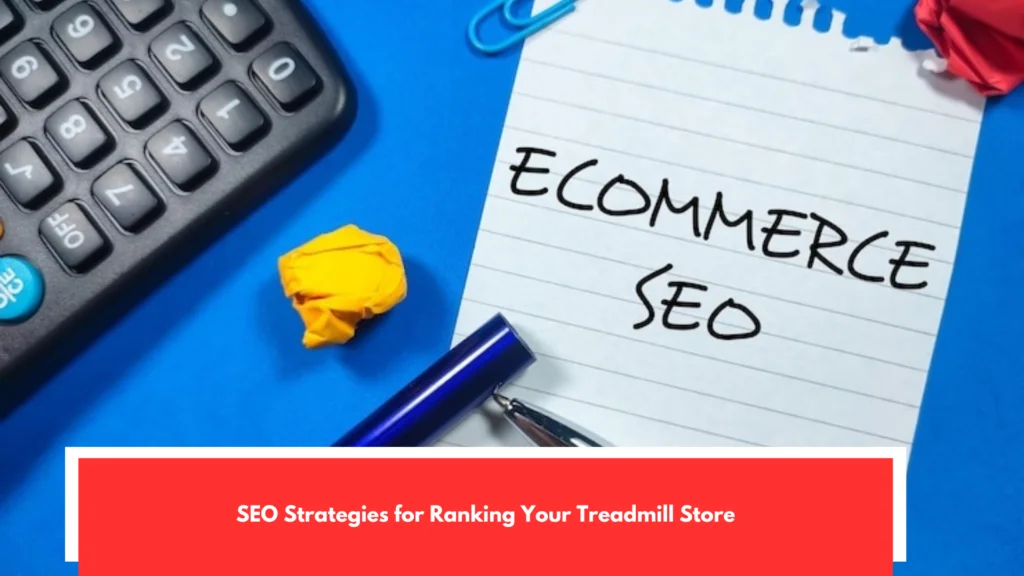SEO Strategies for Ranking. There’s an online store currently selling few products, and it’s asking for money easily. Not so much for awareness and sales. You see, the new business opened a few months ago on my street. It sold geeky figurines of comic book and video game characters. Can such a store exist in a neighborhood where the average age is around 60. The retirees who passed by didn’t even stop to look. And the younger crowd, locked away in their daily routines, didn’t pay much attention either.
In the end, as was to be expected, the store eventually closed its doors. When you have an eCommerce store, offering good products and a nice-looking website isn’t enough. And SEO is one of the best methods to achieve this, as it allows you to appear right in front of your potential customers when they need you most. So, if you’re thinking about how to set up an online store, this comprehensive eCommerce SEO guide I’ve just prepared will be of interest to you.
What is SEO for eCommerce and why is it important?

This post is not only for SEO consultants who want to specialize in eCommerce website positioning, but also for online store owners looking to get their business ranked among the top results on Google searches. eCommerce SEO is the set of strategies and actions aimed at increasing traffic to your website from Google and other web search engines, with the aim of having your online store appear in the top positions when someone searches online for products like the ones you sell or related information.
Therefore, if you don’t work on your online store’s SEO, you’ll be missing out on opportunities compared to other competitors who do, and you’ll be relying almost exclusively on paid advertising campaigns, which tends to be much less beneficial in the long run. You might be wondering what you need to learn about eCommerce SEO that you don’t already know about SEO in general. It’s a reasonable doubt: a website, in the end, is still a website.
SEO Strategies for Ranking What is the difference between traditional SEO and SEO for eCommerce?

But this is where you’re wrong: the purpose of an eCommerce site differs from that of other types of websites, and consequently, its configuration and operation also differ, as do its users and what they’re looking for. And the combination of all these determining factors is what forces you to pay more attention to some details than others when working on the positioning of an online store. It’s not just about attracting attention and getting lots of visitors; these visitors have to be qualified visitors who will ultimately make a purchase that is, who will make a purchase.
SEO Strategies for Ranking. As you can see, the objective isn’t the same as with a Call to Click niche to monetize with Google Adsense or an informational website. How do I position my online store on Google If you’re asking yourself this question, don’t worry, we’ll get to work right now. But, for the sake of introduction, you should know that there is no absolute, single eCommerce SEO strategy.
SEO Strategies for Ranking How to do SEO on an eCommerce site: step-by-step strategy

What we will be discovering are some specific methodologies that we have found to be very effective on many occasions in increasing an online store’s organic traffic. So, even if you’ve already trained to a good level of SEO, it’s crucial that you understand the unique features of an eCommerce when it comes to positioning because, if you neglect them, you may find yourself with an online store that’s stalling.
SEO Strategies for Ranking. But don’t worry: sit down and read this guide I’ve put together carefully. We’ll go step by step through practical eCommerce SEO, with some examples. To start working on SEO for your online store, you should start by conducting a thorough keyword research. This way, you’ll be able to understand how users search for the products you have to sell and you’ll be able to sell them in their own language. Now, the big question you’re probably asking yourself, especially if this is your first time doing keyword research, is probably
Conclusion

Well, the best way to begin keyword research is to record a pen and paper and brainstorm terms related to your online store. Here’s a quick example for a backpack store. Keep in mind that you and your team (if you have one) are probably the ones who know your business and what you sell best. Therefore, your experience in the market will provide you with much more useful starting information than you can obtain with any tool In any case, regardless of the tool you use, narrow them down with all your seed keywords, and in the end, you’ll have a list of relevant keywords broad enough to begin to get an idea for your eCommerce content.
SEO Strategies for Ranking. Keyword research isn’t just about having a list of terms. In fact, this list is just the starting point. Now comes the trickiest part: sorting and arranging the terms in order to know which ones to target and how. When arranging keywords, you must consider the search intent behind each one. Knowing this search intent will allow you to classify your keywords and guide the content you need to create to respond appropriately on your website. Basically, when it comes to prioritizing, we often get carried away by the number of searches. Well, in the end, the more people searching for something, the larger the audience we can sell to, right.
